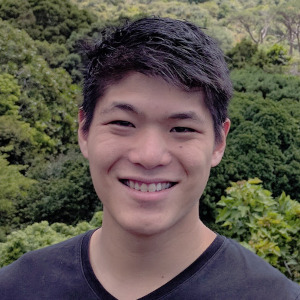CTC Seminar: John Wu (STScI), How does the Galaxy–Halo Connection Depend on Large Scale Environment?

September 10
How does the Galaxy–Halo Connection Depend on Large Scale Environment?
John Wu
Assistant Astronomer at STScI
Associate Research Scientist at JHU
Abstract: Machine learning methods are powerful for learning relationships between galaxies and their dark matter (sub)halos. This galaxy–halo connection allows us to model galaxies' baryonic properties, such as stellar mass, purely using dark matter properties. But subhalos don't live in isolation—they are impacted by physical process on scales beyond the virial radius! To model these large scales of up to 10 Mpc, we represent z=0 Illustris TNG subhalos as nodes in a cosmic graph, and train graph neural networks (GNNs) to predict baryonic properties from subhalos in matched hydrodynamic and N-body simulations. We find that GNNs robustly outperform simple abundance matching models of the galaxy–halo connection, even when the latter models are provided environmental parameters such as spherically averaged overdensity, or cosmic web features extracted via topological data analysis (i.e. DisPerSE). We also discover that the full cosmic environment learned by GNNs is redundant with information captured via merger trees. In other words, all information about galaxy properties from assembly history can also be found in the present-day environment. We discuss these surprising results and their implications for galaxy formation and evolution.
Host: Ankita Bera
